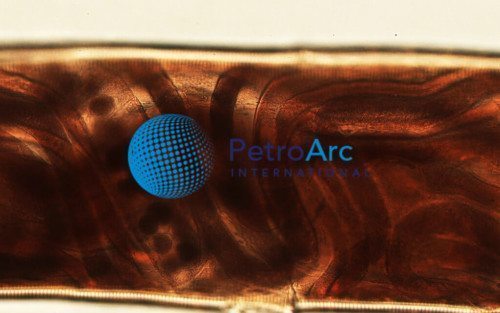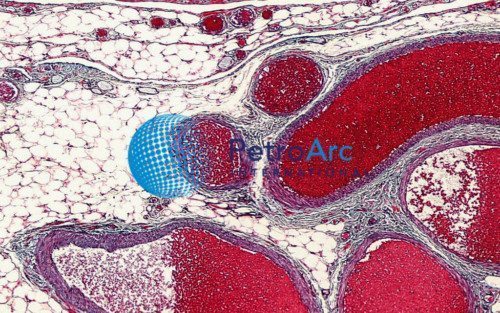PARA-008 | Slides maybe purchase individually or as custom collections. If you wish to purchase 25 or more virtual slides, discounts will be automatically applied according to incremental package sets of 25, 50, 100, 200, or unlimited.
Paramecium Caudatum, 400X w.m.
Product Description
Paramecium caudatumis a species of unicellular organisms belonging to the genus Paramecium of the phylum Ciliophora. They can reach 0.25mm in length and are covered with minute hair-like organelles calledcilia. The cilia are used in locomotion and feeding. Paramecium caudatum is 120?330 micrometres long (usually 200?300 micrometres). The cell body is roughly cigar-shaped, rounded at the front, tapering at the posterior to a blunt point. The pellicle is uniformly covered with cilia, and has a long oral groove, leading to deeply embedded oral cavity, lined with cilia. P. caudatum has two star-shaped contractile vacuoles, and a cellular envelope (cortex) densely studded with spindle-shaped extrusomes called trichocysts. The species is very common, and widespread in marine, brackish and freshwater environments. Paramecium have two nuclei (a large macronucleus and a single compact micronucleus). They cannot survive without the macronucleus and cannot reproduce without the micro-nucleus. Like all ciliates, Paramecia reproduce asexually, by binary fission. During reproduction, the macronucleus splits by a type of amitosis, and the micronuclei undergo mitosis. The cell then divides transversally, and each new cell obtains a copy of the micronucleus and the macronucleus.






